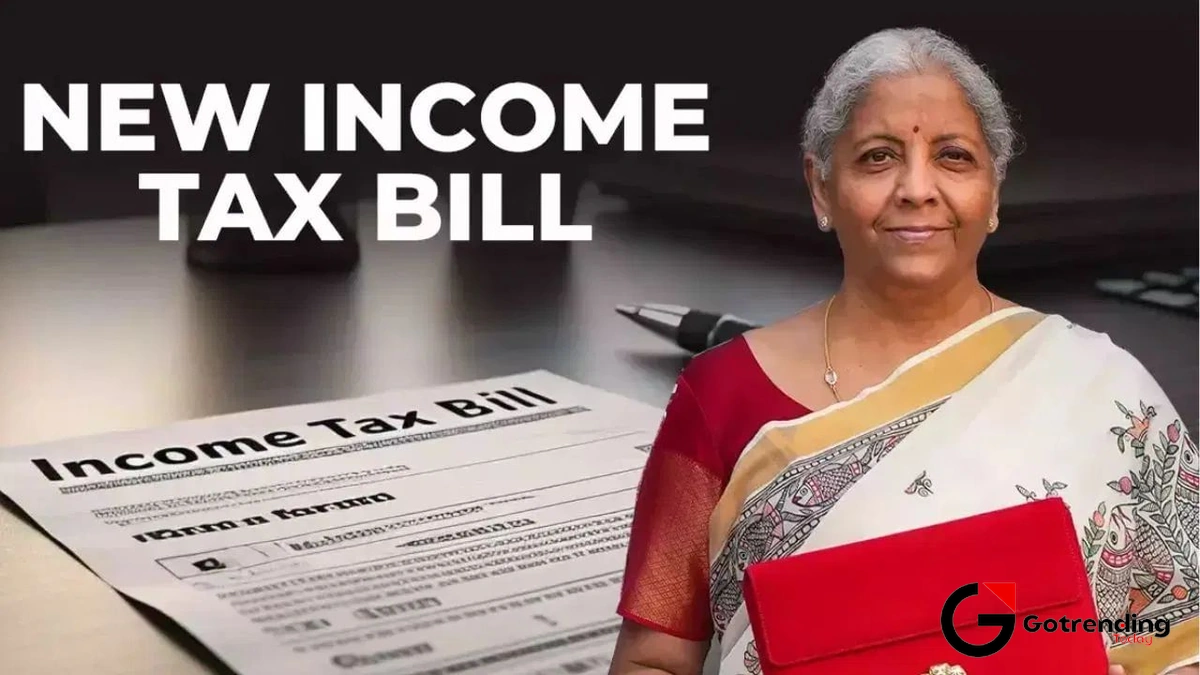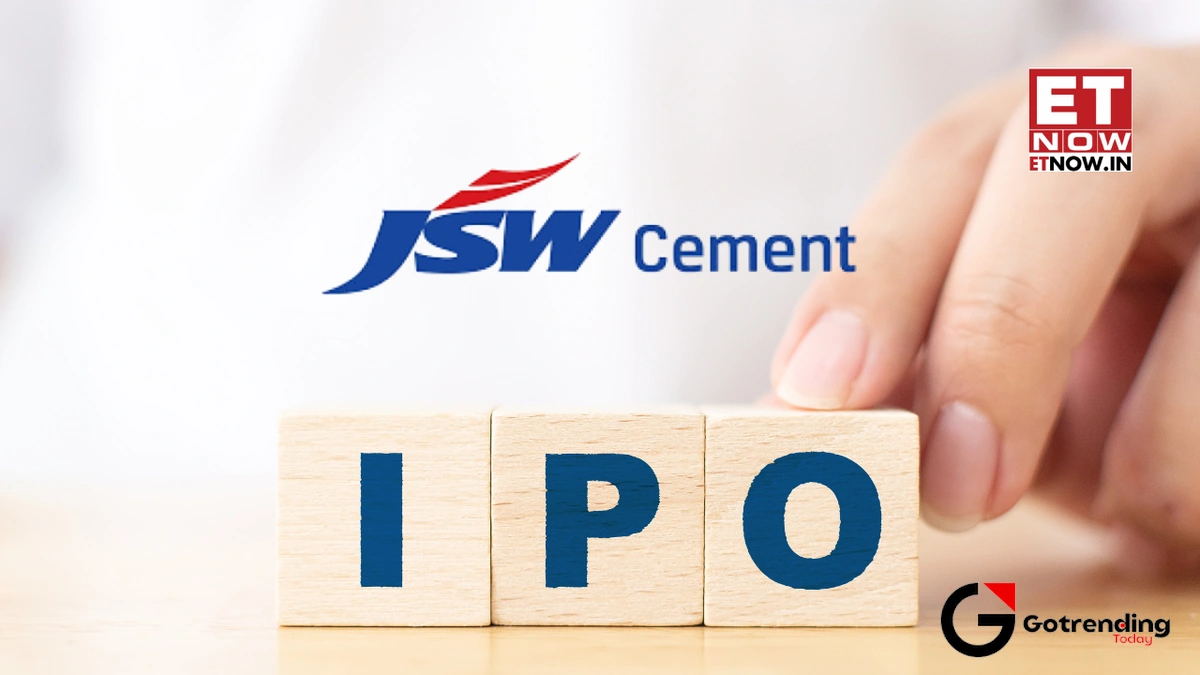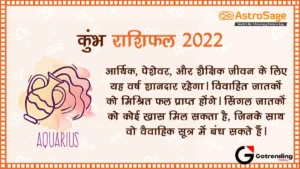Decoding the RBI’s Secret Language | Why the Repo Rate is the Most Important Number You’re Not Watching
Let’s be honest. You see the headline flash on your phone: “RBI Monetary Policy: Repo Rate Unchanged at 6.5%.” Your eyes glaze over. You might think, “Okay, cool,” and then immediately go back to scrolling through Instagram reels or checking your cricket score.
I get it. It sounds like jargon. Something for pink newspapers and men in grey suits to worry about. But what if I told you that this single number the rbi monetary policy repo rate is quietly pulling the strings on your life? It’s the ghost in the machine that influences the EMI on your new bike, the interest you earn on your savings, and even how many jobs are created in the country next year.
So, pull up a chair. Let’s sit down with a virtual cup of chai and break this down. Forget the complex charts and financial gibberish. I’m going to explain why this is the one piece of “boring” news you absolutely need to understand. Because it’s not just about the economy; it’s about your economy.
What is this ‘Repo Rate’ and Why Should You Even Care?
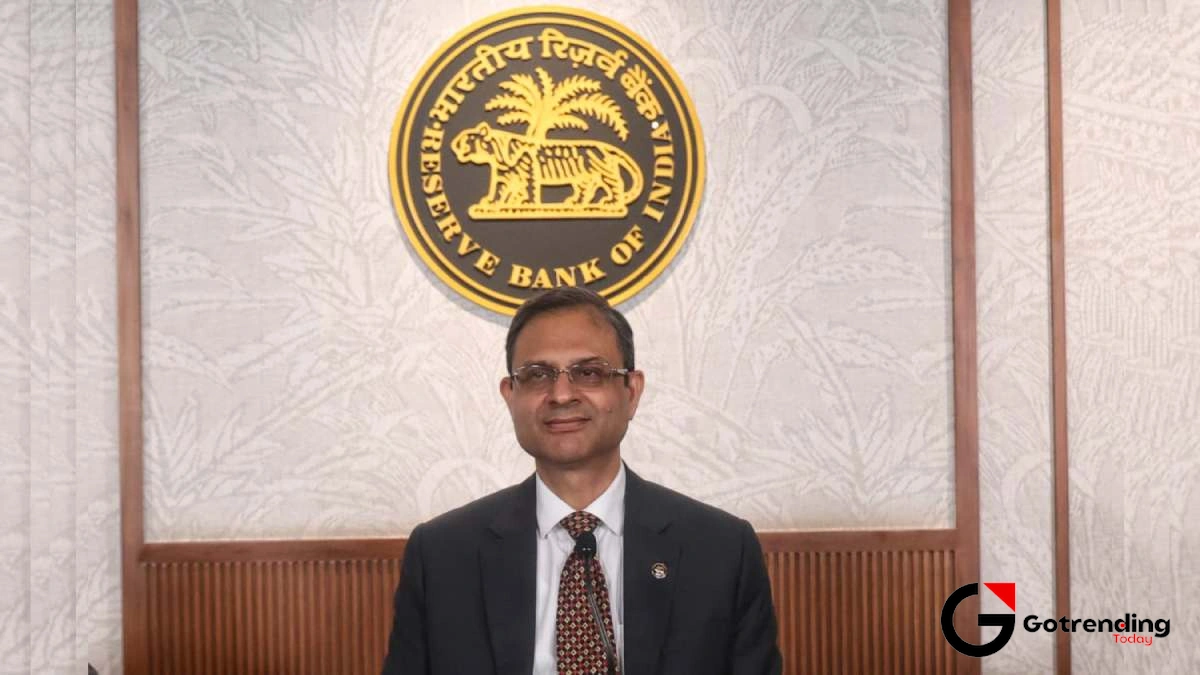
Alright, let’s demystify this thing. In the simplest terms, the repo rate is the interest rate at which the Reserve Bank of India (RBI), our country’s financial headmaster, lends money to all the other commercial banks (like SBI, HDFC, ICICI, etc.).
Think of it like this: The RBI is the main wholesale dealer of money. Your local bank is the neighbourhood kirana store. When the kirana store (your bank) needs more cash to give out as loans to you and me, it borrows from the wholesale dealer (the RBI).
The repo rate is the interest the RBI charges for that loan. Simple, right?
But here’s where it gets personal. If your bank has to pay more to borrow money from the RBI, who do you think it passes that cost on to? Bingo. You.
- When the repo rate goes UP ⬆️: Borrowing becomes expensive for banks. So, they increase the interest rates on your home loans, car loans, and personal loans. Your EMIs go up.
- When the repo rate goes DOWN ⬇️: Borrowing becomes cheaper for banks. To compete for customers, they lower the interest rates on loans. Your EMIs could come down.
So, when the RBI monetary policy committee meets every two months, they’re essentially deciding how expensive money should be in India. It’s a huge deal. It’s not just a number; it’s a lever that can speed up or slow down the entire Indian economy.
The Great Balancing Act | RBI’s Tightrope Walk Between Growth and Inflation
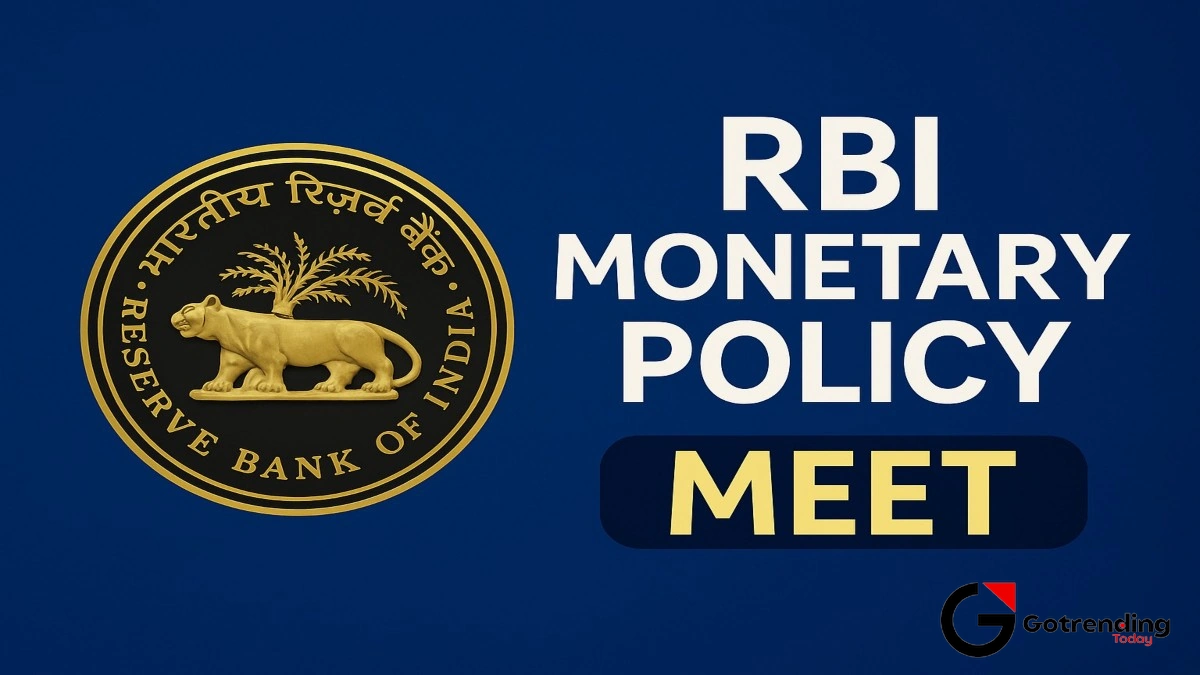
Now for the big question: Why does the RBI change this rate? Why not just keep it low so we can all enjoy cheaper loans forever? Ah, if only it were that simple. The RBI is performing a delicate, high-stakes balancing act. It’s constantly fighting a war on two fronts.
Enemy #1: Inflation (The Price Monster)
You know this one intimately. It’s when your grocery bill for the same items is higher than last month. It’s when the price of tomatoes or onions makes you want to cry. Inflation means your money is losing its buying power. The RBI’s main job, as mandated by the government, is to keep retail inflation under control, ideally around 4%.
If inflation is running too high, the RBI pulls out its weapon: it hikes the repo rate . This makes borrowing more expensive. People and companies borrow less, spend less, and demand for goods and services cools down. This helps to bring prices back under control. It’s like tapping the brakes on the economy.
Enemy #2: Slow Growth (The Job-Loss Monster)
On the other hand, if the economy is sluggish, factories aren’t producing much, companies aren’t expanding, and worst of all, they aren’t hiring. To kickstart things, the RBI can cut the repo rate . This makes money cheaper. It encourages businesses to take loans to build new factories, buy new machines, and hire more people. It encourages you to take that home loan and buy a new apartment. This boosts economic activity and creates jobs.
So, what does a “pause” mean?
When the RBI keeps the repo rate unchanged, as it has done several times recently, it’s like they’re standing on that tightrope, holding their breath. It signals that they believe the current rate is doing its job, but they’re still watching things very closely. Right now, the RBI is watching two things like a hawk: food inflation (those pesky vegetable prices!) and what central banks in other countries, like the US Federal Reserve, are doing. A pause is a sign of “watchful waiting.” The battle is stable, but the war isn’t over.
Your Wallet’s Reaction | How the Repo Rate Directly Hits Your EMIs and FDs
Let’s move from the theoretical to the practical. How does the current repo rate in India affect the money in your bank account? The connection is more direct than ever before.
For Loan Takers (Your EMIs):
Most floating-rate loans taken after 2019 are directly linked to an external benchmark, which for most banks is the RBI’s repo rate. This is called the External Benchmark Linked Rate (EBLR). When the RBI changes the repo rate, your bank is supposed to adjust your loan’s interest rate in the next reset cycle (usually three months).
So, a series of repo rate hikes, like we saw in 2022-23, directly led to higher EMIs for millions of homeowners and car owners. A pause, like now, means your EMI stays put. Phew.
For Savers (Your FDs):
Here’s the flip side. When the repo rate is high, banks are desperate for your money so they don’t have to borrow as much from the RBI. To attract your deposits, they offer higher interest rates on Fixed Deposits (FDs). This is why FD rates have been looking so attractive lately! A high repo rate is bad for borrowers but great for savers, especially senior citizens who rely on interest income.
So, the impact of repo rate on the economy isn’t some abstract concept. It’s a real tug-of-war between the cost of your loans and the returns on your savings. This dynamic also has a broader impact on market investments, influencing everything from real estate demand to stock values. For instance, the sentiment can affect the MCX share price and other market indicators.
Beyond the Headlines | What the RBI’s ‘Stance’ Really Tells Us
Here’s a pro tip. When you read the news about the RBI policy, don’t just look at the rate decision. Look for a keyword that describes the RBI’s “stance.” This word is often more revealing than the rate change itself because it signals the RBI’s future intentions.
I initially thought this was just banker-speak, but then I realized it’s the RBI’s way of giving us a hint. Here’s the cheat sheet:
- Accommodative Stance: This basically means, “We’re in growth-boosting mode. Don’t be surprised if we cut rates in the future.”
- Neutral Stance: This means, “We could go either way. We might raise rates, or we might cut them, depending on the data.”
- Withdrawal of Accommodation: This is the current stance. It’s a slightly complicated way of saying, “Our main focus is still on fighting inflation. We’re not thinking about cutting rates anytime soon.” It’s a hawkish signal, even during a pause.
Understanding the stance gives you a glimpse into the RBI Governor’s mind. It helps you anticipate whether your FDs might get even better or if your loan EMIs might finally start to come down in the next six to twelve months. It’s a fundamental part of how our economic machinery works, affecting big-ticket industrial decisions, right down to things like why Iveco trucks are not in India , as it shapes the entire business environment.
Frequently Asked Questions (The Coffee Shop Chat Continues)
What happens to my money if the repo rate goes up again?
If you have a floating-rate loan (like a home loan), expect your EMI to increase. If you are looking to take a new loan, it will be more expensive. On the bright side, banks will likely offer even better interest rates on new Fixed Deposits.
What’s the difference between Repo Rate and Reverse Repo Rate?
Good question! The Reverse Repo Rate is the opposite. It’s the rate at which the RBI borrows money from banks. It’s a tool the RBI uses to suck excess cash out of the banking system to control inflation.
How often does the RBI meet to decide the repo rate?
The RBI’s Monetary Policy Committee (MPC), a six-member panel, meets once every two months (bimonthly) to discuss and decide on the rbi monetary policy repo rate . You can find their full calendar on theRBI’s official website.
Will my existing FD rate change if the repo rate changes?
No. The “fixed” in Fixed Deposit means your interest rate is locked in for the entire tenure. The new rates will only apply to FDs that are newly booked or renewed after the rate change.
Is a high repo rate good or bad for the country?
It’s neither good nor bad; it’s a tool for a specific purpose. It’s “good” if the goal is to crush high inflation. It can be “bad” for short-term economic growth because it makes borrowing and investing more costly. It’s all about finding the right balance for the given situation.
So, the next time you see that headline about the RBI monetary policy , don’t just scroll past. Give it a nod of recognition. It’s not just some random number from Mumbai. It’s the subtle, powerful rhythm that our financial lives dance to. It’s the story of our economy, our challenges, and our ambitions, all packed into one decimal point. And now, you know how to read it.
